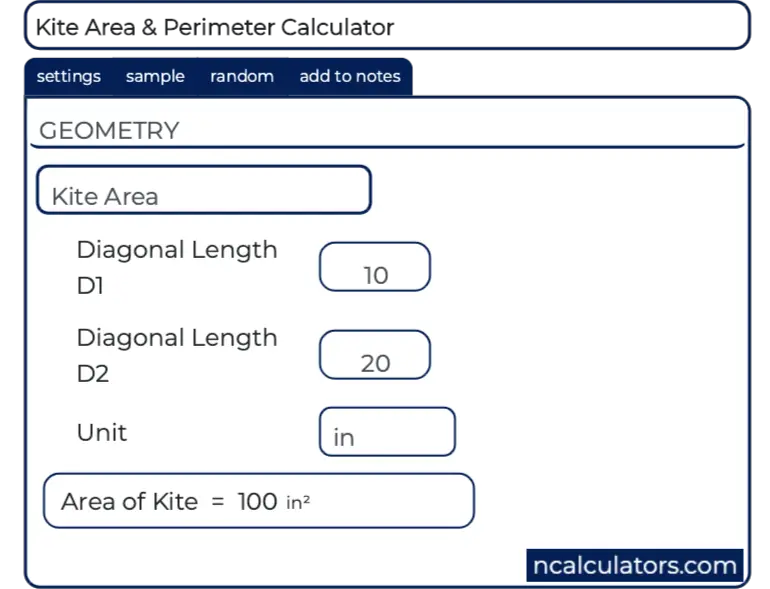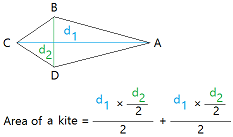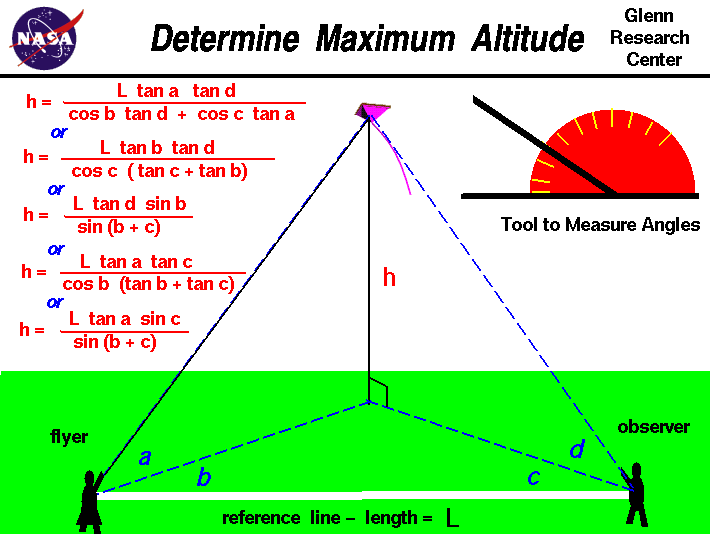

First, we imagine that the wall is one huge grid with small squares and all you need to do is count how many of these squares are inside of the grid. When we want to calculate the area of a particular shape, first, we need to place the shape onto an imaginary grid of which every square in the grid equals 1 square unit.Įxample: We want to paint the wall, but we don’t know the area of the wall. There is a general rule on calculating the area of any shape, so let’s take a look.

In all of these cases, you can use the area formula to calculate and find the measures expressed in square feet, square meters, square inches etc. You want to build a swimming pool, or you are unsure what carpet size would be perfect for your room. If you look around yourself, you will find the use of the area in many situations. As a geometric term, the area is derived from the Latin language in the 1560s, which means “opened or closed surface contained in a defined set of limits”. In math, the number of square unit needed to cover the surface of a closed figure – we call area.
AREA OF A KITE CALCULATOR WITH POINTS FULL
While the acre usually goes by the full name, the abbreviation “ac” is also for sometimes as the symbol of this unit.Īcre is widely used all across the world as a land measurement unit, including Canada, Jamaica, the US, Spain, France, Germany and most of South Asia, including India, Pakistan, Sri Lanka and Bangladesh.

Now defined in metric terms, these units also are part of the US Customary System, which derived from the British Imperial System.ĭerived from the ancient English word, aker which denotes 'open field', acre as a unit of measure has no prescribed shape.

Note here that imperial units are systems of weights and measures used officially in the Great Britain from 1824 until the adoption of the metric system beginning in 1965. An acre could also be defined as an area one furlong long by 4 rods wide. Used in the imperial system of units and the US system, the modern acre is equal to 4,840 square yards, 43,560 square feet, 4,047 square metres and 0.4047 hectares. Most traditionally used throughout the British Empire, the Anglo-Saxon acre was defined as a strip of land 1 × 1/10 furlong, or 40 × 4 rods (660 × 66 feet). An acre is among the oldest units applied across the world to measure vast tracts of land, and has undergone a lot of changes along the way.


 0 kommentar(er)
0 kommentar(er)
